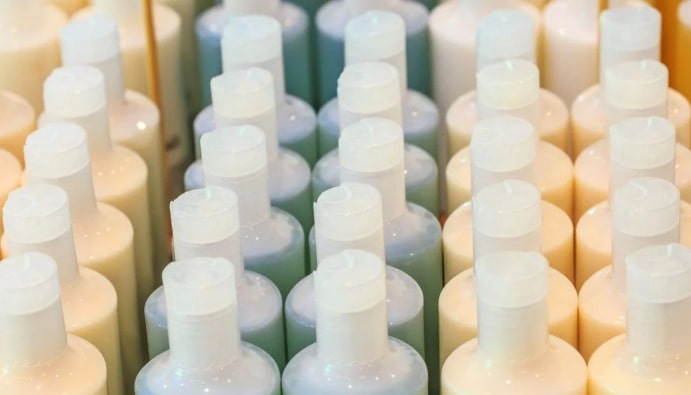SLS - SLES Analysis: Safety in Cosmetic Products
Uses of SLS and SLES in cosmetics

What are SLS and SLES?
Sodium Lauryl Sulfate (SLS): SLS is a salty surfactant and is used as an effective foaming agent, especially in cleansers, soaps and shampoos. However, it can also dissolve natural oils in the skin, which can lead to dryness and irritation.
- Sodium Lauryl Ether Sulfate (SLES): SLES is a derivative of SLS and is generally considered milder and less irritating. SLES is used in particularly skin-friendly shampoos and shower gels because it is less damaging to the skin. Nevertheless, when used in high concentrations, it can cause dryness and sensitization of the skin.
- Sodium Lauryl Sulfate (SLS) and Sodium Lauryl Ether Sulfate (SLES), two of the surfactants commonly used in cosmetics, are known for their cleaning and foaming properties. These ingredients are used in many cosmetic formulations such as shampoos, shower gels, soaps and skin care products. However, there are concerns about the safety and potential effects of these ingredients on the skin.
Uses of SLS and SLES in Cosmetic Products
- Foaming Provision: These compounds make shampoos and shower gels lather, which is important for cleanliness and user experience.
- Degreasing: Thanks to its ability to dissolve oils, it helps to remove dirt and makeup from the skin surface.
- Emulsion Formation: SLS and SLES increase the stability of emulsions combining oil and water, which increases the effectiveness of the product.
Health Effects of SLS and SLES
- Skin Irritation: SLS can cause dryness and irritation, especially on sensitive skin. Regular use may weaken the skin's protective barrier. AlthoughSLES is less irritating than SLS, its use in high concentrations may produce similar effects on the skin.
- Eye Irritation: Both compounds can cause severe irritation on contact with the eyes, so require careful handling.
- Long Term Effects: Long-term use of SLS and SLES can disrupt the skin's natural moisture balance and cause increased skin sensitivity.
Importance of SLS and SLES Analysis
Accurately measuring the amounts of SLS and SLES used in cosmetic products is important to produce safe and effective products. These analyzes help to avoid potential side effects by ensuring that the product is skin-friendly.
Benefits of Analysis:
- Ensuring Skin Safety: Ensures that they are used at the right levels to minimize the negative effects on users' skin.
- Legal Compliance: It is necessary to check that products comply with cosmetic regulations. Some countries have set specific limits on SLS and SLES content.
- Improving Product Quality: The analysis helps to ensure product quality by controlling the amount of SLS and SLES used in the formulation.
Nanolab Laboratories Group continues to provide services within the scope of SLS - SLES Analysis. We also provide services in Solvent Residue Testing in Cosmetic Products.
Contact us for more information.
You can follow us on LinkedIn for up-to-date news and posts about our services.
Follow our Instagram account to be informed about our latest blog posts.

